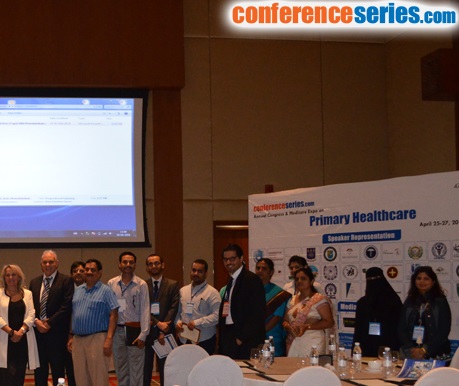
Fahad Alkherayf
University of Ottawa, Canada
Title: Association between cigarette smoking and low back pain in adult population
Biography
Biography: Fahad Alkherayf
Abstract
Low back pain (LBP) is a very common problem with up to two-thirds of adults suffering from LBP at some time in their lives. Each year between 2% to 5% of the population seek medical attention for LBP. Reported risk factors for chronic LBP include: age, sex, genetics, education level, activities, socioeconomic status, lifestyle and smoking. Unfortunately, most of those factors are unable to be modified. Nevertheless, lifestyle factors such as smoking can be modified with effective interventions. We examined the association between smoking and risk of chronic LBP among adults (20 to 59 years). We took in consideration the most likely covariates (age, sex, BMI, physical activity and education). To the authors’ knowledge, this is the first study to assess the relationship between chronic LBP and smoking exposure among adults, based on a large sample size. Our study included 78,239 participants. Back pain status, smoking level, age, gender, height, weight, level of activity and level of education were identified as well. Back pain secondary to fibromyalgia or rheumatic disease was excluded. Stratified analysis and Logistic regression analysis were used to detect effect modification and to adjust for covariates. Population weight and design effects associate with complex survey design were taken into consideration. The prevalence of chronic LBP was 20.8%. Male to female ratio was 1: 1.15. About 51% were current or former daily smoker. About 21% are classified as obese, using WHO classification. The adjusted odds ratio for former or present daily smokers was 1.57 with 95% confidence interval (1.52,1.63) and P value of <0.001 while for former or present occasional smokers was 1.1 with 95% confidence interval (1.04,1.16) and P value of < 0.001. Smoking effect seems to have a dose response, where occasional smokers have higher risk than non smoker but less than daily smokers.


